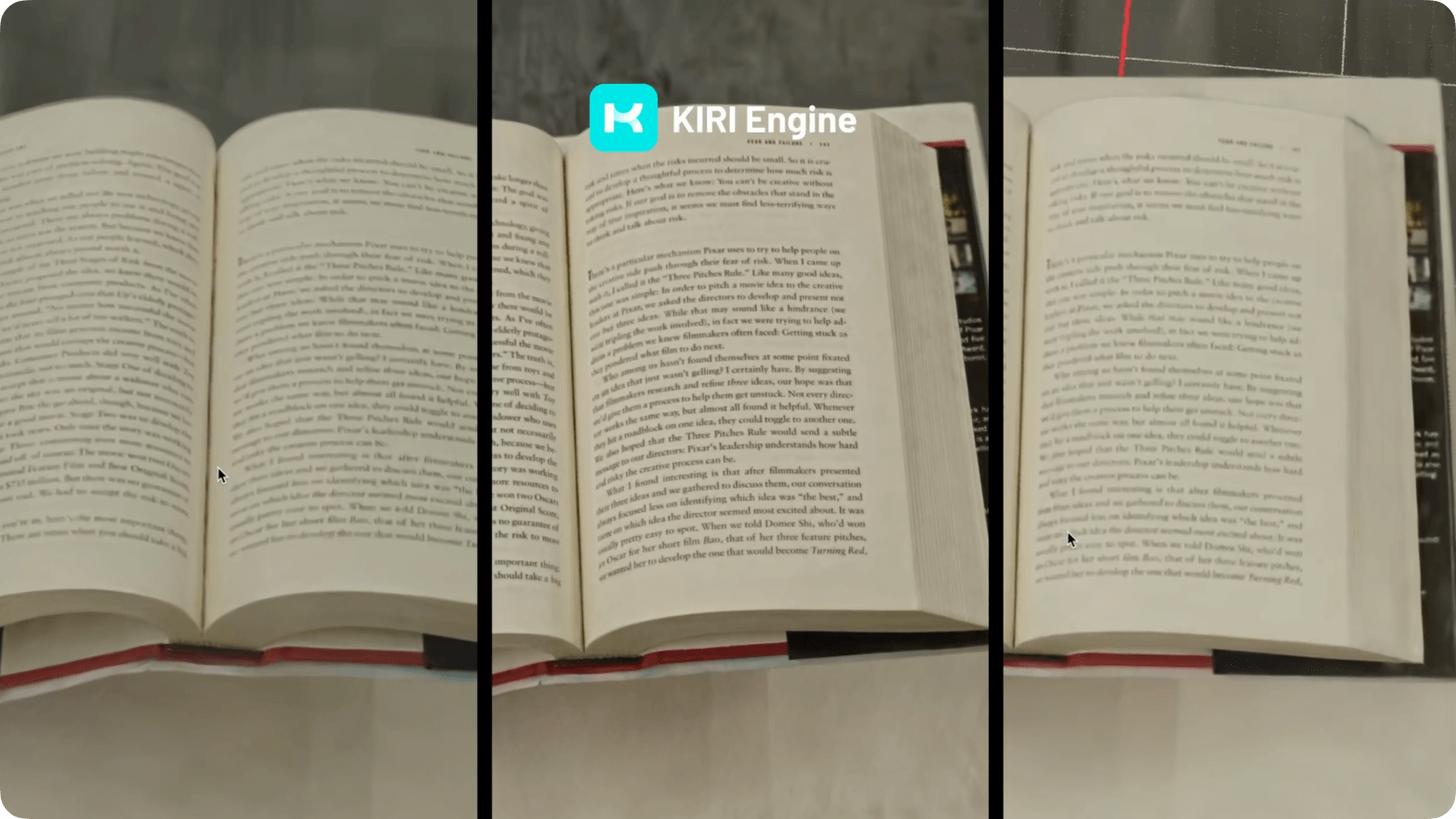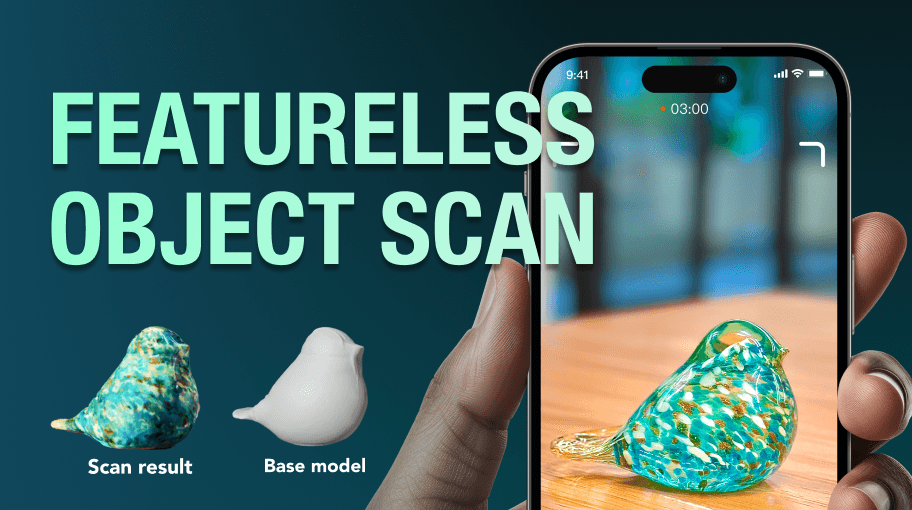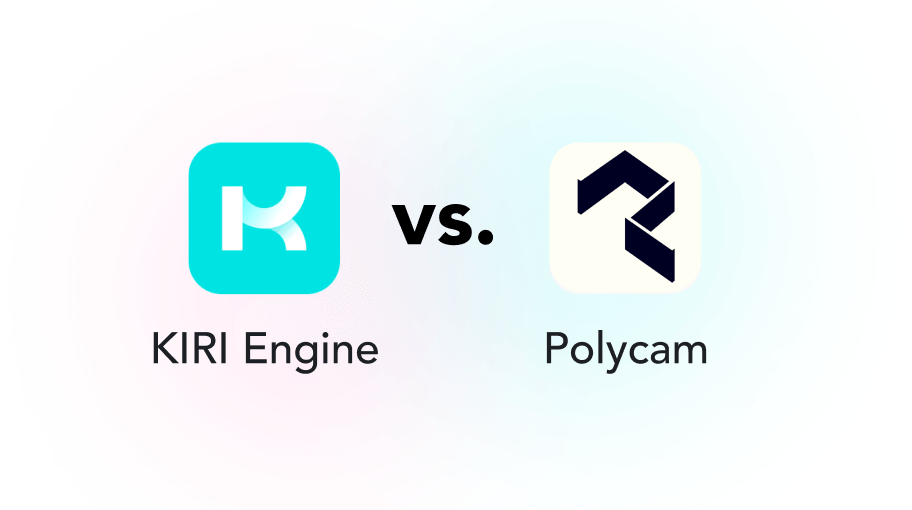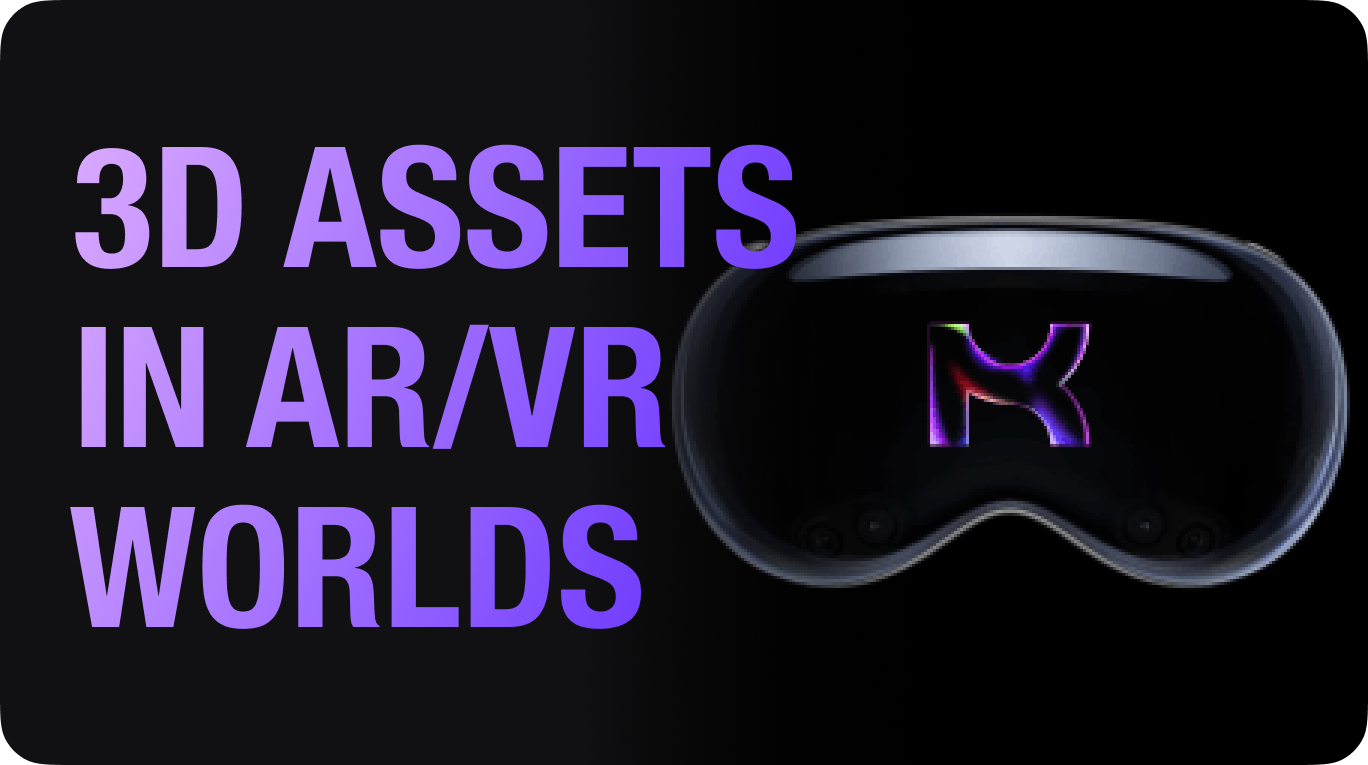3D Gaussian Splatting is Changed Forever with KIRI Engine Version 3.13
Explore KIRI Engine's latest update Version 3.13 to see the exciting improvements: High Fidelity 3DGS and more
We are thrilled to announce the release of KIRI Engine Version 3.13, an update that reflects our dedication to continuous innovation and accessibility in 3D scanning technology. This latest version brings improvements across the board, from enhanced visual fidelity and faster processing to reduced file sizes and expanded features. These advancements represent a major step forward, driven by both internal development and collaboration with the broader 3D community.
Higher Fidelity 3DGS
The 3D Gaussian Splatting algorithm has been refined to deliver substantial visual improvements. Enhancements include increased resolution, and consistent rendering across viewing angles. These changes allow users to achieve higher fidelity both in overall scenes in and detailed close-ups.
 Results of KIRI's updated High Fidelity 3DGS (middle) and the 3DGS from two other scanner apps (left and right) using the same input.
Results of KIRI's updated High Fidelity 3DGS (middle) and the 3DGS from two other scanner apps (left and right) using the same input.
This optimization draws inspiration from the Mini-Splatting2 project, by Guangchi Fang. His research of aggressive Gaussian densification and visibility Gaussian culling laid the foundation for these advancements.
The optimization was achieved by increasing the input threshold and enhancing the consideration of the source material's quality. It's natural to wonder whether the raised input threshold will impact generation speed or performance, but luckily, both concerns have been effectively addressed through additional optimizations.
Additionally, a new opening animation has been introduced, providing a visually engaging way to present projects. Embedding KIRI's 3DGS file viewer directly into web pages now can further enhance user engagement and retention.
Faster Processing Times
The improved 3DGS algorithm now processes files in about half the time compared to previous versions. Given the same exact input, the previous version of 3DGS has an average of 5-7 minutes of Gaussian training duration, whereas the improved version completes the same task in 2-3 minutes. Cutting down the training time was achieved by reducing the number of points in the point-cloud data that is ply, focusing more on individual image resolution and visual presentation rather than the density of point-cloud representations. This improvement reflects enhancements and optimizations to the 3D Gaussian Splatting generation process overall, as it is able to reconstruct Gaussian splats with higher accuracy and at a more efficient speed.
.C_EqdJnL.png)
The reduced time opens up opportunities for near real-time environmental visual data to be transferred easily. This optimization also enables rapid generation, which is valuable for iterative workflows and can effectively allow for more trial and error.
File Size Optimization: 50% Size with Higher Fidelity
Another key improvement is the reduction in 3DGS file sizes, which are now approximately 50% smaller. Because of the reduction in point-cloud density, the file size is naturally optimized to be smaller, yet it possesses higher fidelity due to the improved emphasis on resolution.
.DTYWclgA.png)
.D9h-iUtf.png)
The technology behind this optimization was again achieved through the aggressive Gaussian densification approach, where dense point clouds are rapidly generated early in the training but finish as evenly distributed splats that allow for more visual dynamics. The finished result is more efficient compared to the previous version, as the point-cloud distribution reduces redundant points while simultaneously contributing to an even display of all details in the scene.
This optimization allows users to load their 3DGS scenes more quickly. Integrating 3DGS files into rendering engines such as Blender will also significantly reduce workload and rendering time. The combination of reduced file sizes and higher fidelity ensures that users can achieve high-quality results without sacrificing efficiency.
KIRI's Co-Founder, Chris, created a dedicated demo page to cover more detailed comparisons and technological insights. Check it out here.
Jack, KIRI's CEO and the other Co-Founder, created a dedicated video that explains the ins and outs of this update thoroughly. Check it out here.
A Redesigned Website to Empower Users
At the heart of this update is a complete redesign of the KIRI Engine website. Designed with usability in mind, the new interface makes it easier than ever to navigate tools, resources, and educational materials. Whether you're a first-time user or a seasoned professional, our new website provides a streamlined experience with:
- Redesigned UI for All Pages
- Detailed Features Overview Pages
- Short-video Tutorials with descriptions
- A revamped Blog Page with Subcategories for quick and easy reference
The updated website aims to not only streamline everyone's workflow, but serves to be its own standalone informational hub for everything related to 3D scanning.
QOL Updates
KIRI Engine Version 3.13 introduces several new features alongside the 3DGS algorithmic optimizations:
- Support for Both Video and Photo Inputs for All Capturing Methods (except LiDAR)
- Unified Camera White Balance
- 3DGS to Mesh File Type Selection During Uploads
- Enhanced Mesh Textures
- Optimized Queue Times for KIRI Engine Pro Users
- Spanish Language Support
The Path Forward
Version 3.13 is more than a routine update—it raises the bar for realism in 3D scanning. With high fidelity, faster training times, and reduced file sizes, it expands the practical applications of 3D Gaussian Splatting (3DGS).
KIRI remains committed to leading advancements in 3D scanning, ensuring the latest innovations are accessible to both the community and the public. By empowering creators and professionals with tools that streamline workflows, enhance output quality, and reduce workload, we aim to support evolving user needs.
As 3DGS technology continues to advance, we are excited to see how these developments inspire new possibilities in design, visualization, and beyond.


